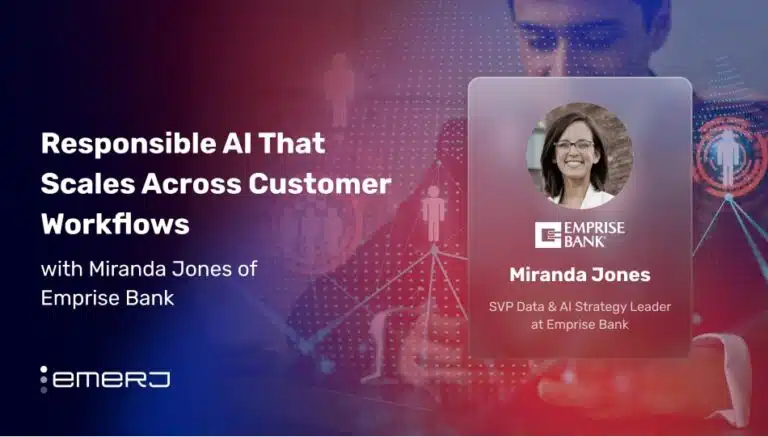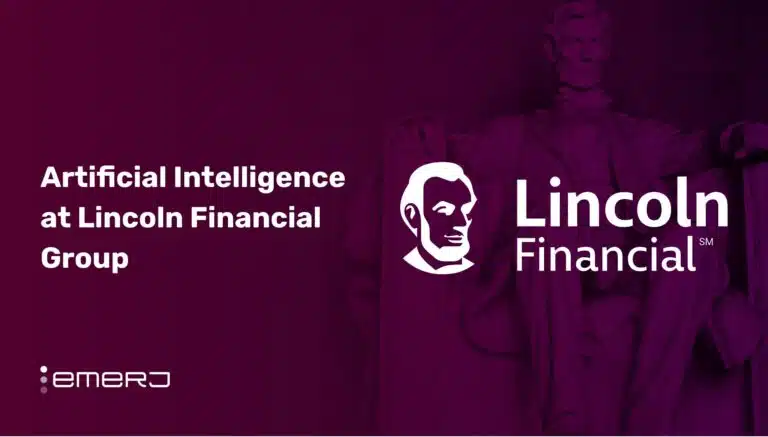Elevance Health is a health insurance provider headquartered in Indianapolis, Indiana. It was founded 20 years ago as a merger between Anthem and Wellpoint Health Networks. The company offers medical, dental, pharmaceutical, behavioral health, and long-term care plans.
For the 12-month period ending March 31, 2024, Elevance reported $171.745B revenue. A 6.89% increase from the previous year. As of last year, the company was ranked 78 on Forbes Global 2000 list.
According to their website, the company has a clearly defined approach to how their employees can use AI. Their use must be consistent with Elevance Health’s Code of Conduct. One of the provisions requires that associates must assess AI for fairness, bias, and inclusion. The company takes a measured approach that continues past deployment as associates must “monitor performance, commensurate with risk, to ensure AI continues to operate as originally intended.”
This article will examine two use cases demonstrating how Elevance Health uses AI to achieve its business goals of improving healthcare delivery and outcomes and patient experience.
- Closing patient gaps in healthcare: Improve collaboration among healthcare providers with data analytics.
- Improving claims operations: Automation and machine learning for reducing inefficiencies in claims processing related to high training times for claims examiners due to navigating multiple legacy systems.
Closing Patient Gaps in Healthcare
Patient gaps in healthcare are a common problem, and they can be caused by several factors, including the fragmented nature of healthcare systems, lack of access to healthcare, and technical infrastructure issues.
Healthcare systems consist of many providers, including specialists across multiple facilities. As a result, communication between providers can fail, leading to a lack of coordination of patient care.
Barriers to healthcare exist, particularly for individuals affected by certain socioeconomic factors, including their geographical location. As a result, affected patients might experience a gap in timely follow-up. Additionally, electronic health records (EHRs) might have improved in recent decades, but interoperability between separate technical systems still needs to improve.
Gaps in patient care contribute to missed preventative health screenings and poor medication adherence. The American Heart Journal published a call to action showing that poor medication adherence increases not only morbidity and mortality but also avoidable healthcare costs.
Health OS is Elevance’s interoperability platform. The platform connects not only providers and payers but also consumers. The aim is to enhance consumer experience, reduce administrative burden, and improve care outcomes. Additionally, this platform:
- Provides real-time data
- Care gap closure
- And improved coordination across care providers
Information related to a patient’s admission, discharge, and transfer (ADT) is delivered to care providers in near real-time, allowing providers to see emergency visits and inpatient stays. ADT data helps to identify patients that require interventions in care. It also lets primary care providers know what their patients need to be scheduled for follow-up care.
In an effort to address the issues listed above, Elevance partnered with Epic to leverage Health OS in combination with artificial intelligence to help providers further close gaps in care and reduce burdensome paperwork. Epic Systems Corporation is a healthcare software company founded in 1979. According to Epic CEO Judy Faulkner, the tool will be available in Fall 2024.
While the specific outcomes for this initiative obviously won’t be available until after the tool is rolled out, the benefits of the underlying Health OS platform are well established. Elevance describes Health OS as a comprehensive digital platform that takes health data out of silos. According to their website, Elevance Health indicates that their Health OS platform has led to the following:
- A 25% increase in medication adherence in chronic conditions such as hypertension and diabetes
- 15% increase in primary care physicians connecting with patients in a timely manner after discharge to close care gaps and avoid readmissions
- 12% increase in consumer adherence to Healthcare Effectiveness Data and Information Set (HEDIS) measures.
Improving Claims Operations
Elevance Health handles nearly 40 million claims per month across 5000 claims examiners—that high volume inefficiencies in the claims handling process. According to an issue brief published by the American Center for Progress, U.S. healthcare payers and providers spend approximately $496 billion on billing and insurance-related (BIR) costs. Research James G. Khan of the University of California-San Francisco estimates that up to $183 billion of those expenditures may be due to inefficiency.
Founded in 1983 and located in Cambridge, Massachusetts, Pegasystems, Inc. develops software for customer relationship management and business process management. The company has more than 5,000 global employees and more than 250 global partners.
As mentioned on the PEGA website, here are some of the capabilities of the PEGA Smart Claims Engine:
- Eliminate gaps with targeted claims processing
- Manage change with configurable workflows
- Improve productivity with built-in processor training
The Claims UI in PEGA Smart Claims Engine. (Source: Pega)
Prior to implementing PEGA Smart Claims Engine, claims examiners had to navigate multiple siloed systems. They relied on numerous manual processes, which are prone to error and workarounds, which simply can’t scale and limit productivity. PEGA Smart Claims Engine solves these issues and resolves claims through guided resolution paths that not only save time but reduce errors.
 Guided Resolution Path in PEGA Smart Claims Engine. (Source: Pega)
Guided Resolution Path in PEGA Smart Claims Engine. (Source: Pega)
According to the case study here, Elevance was able to achieve the following:
- A single, unified user interface across multiple legacy platforms
- Skills-based routing that routes work to the right people
- Real-time automation that aligns the enterprise to business outcomes
- Reduced training time for associates
- Improved accuracy and speed of resolution
The above-listed benefits have a direct impact and benefit on various stakeholders including regulators who demand accuracy and providers who require transparency. Members benefit as well because streamlined claims resolution improves customer satisfaction.




















